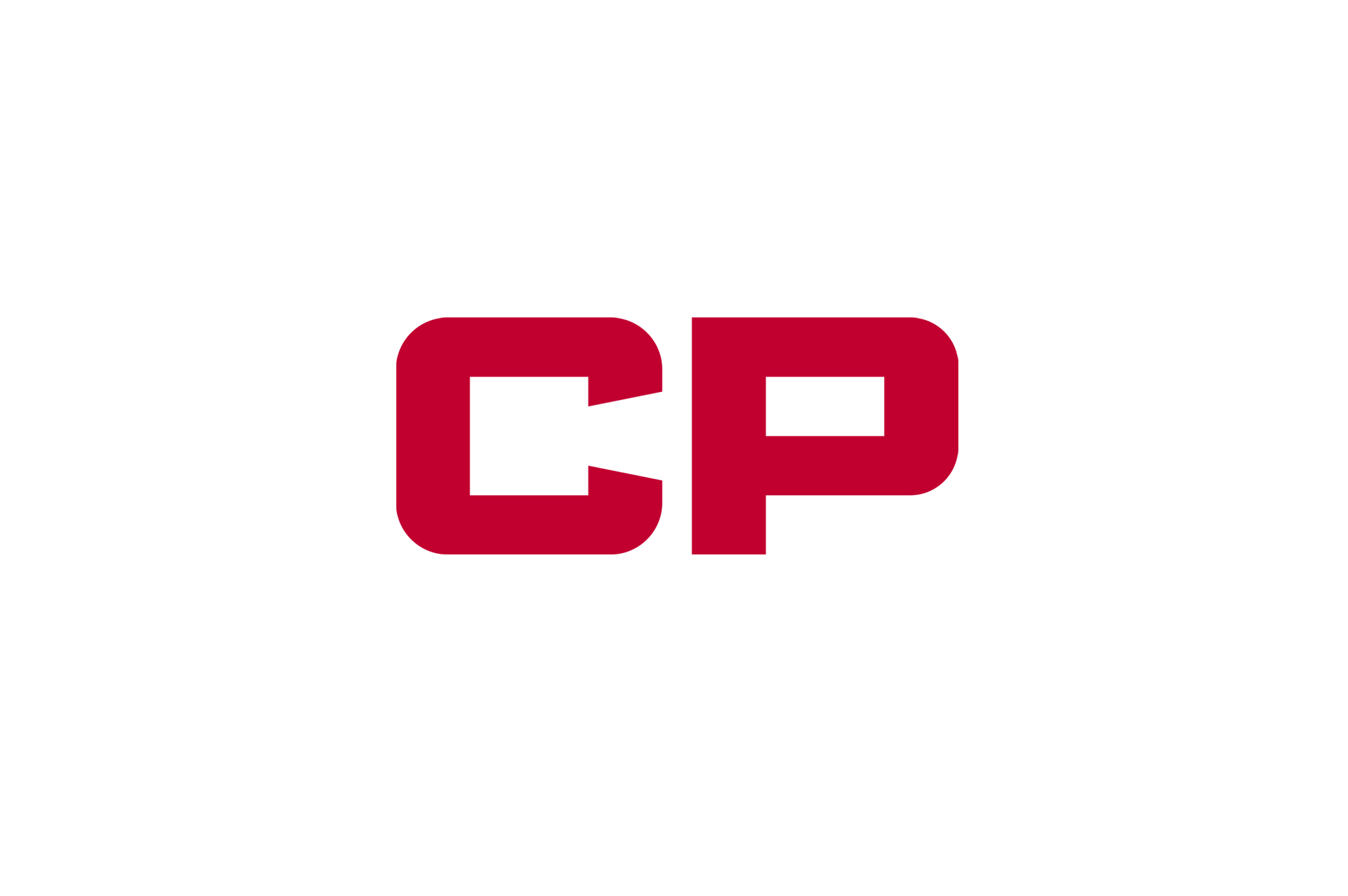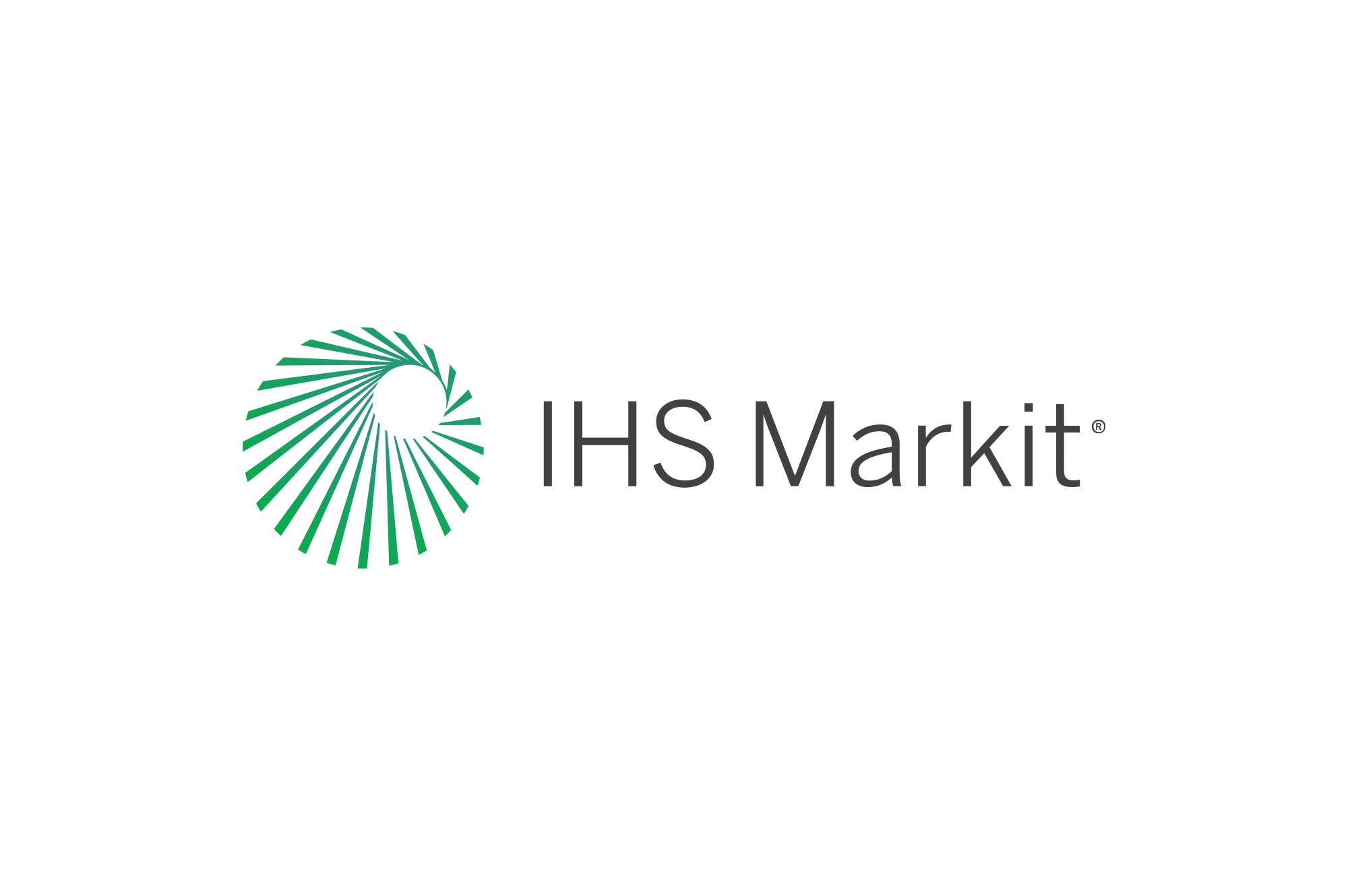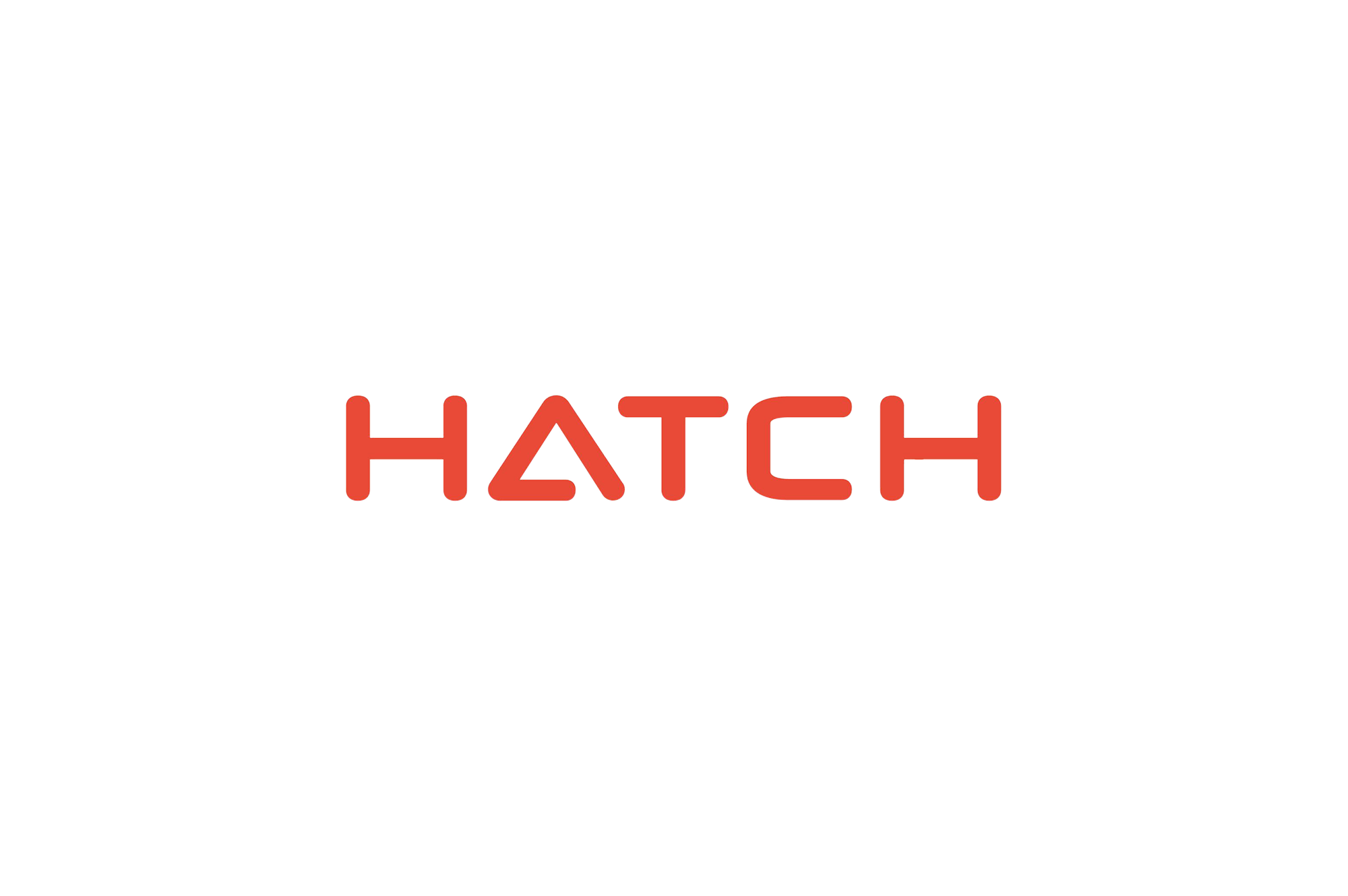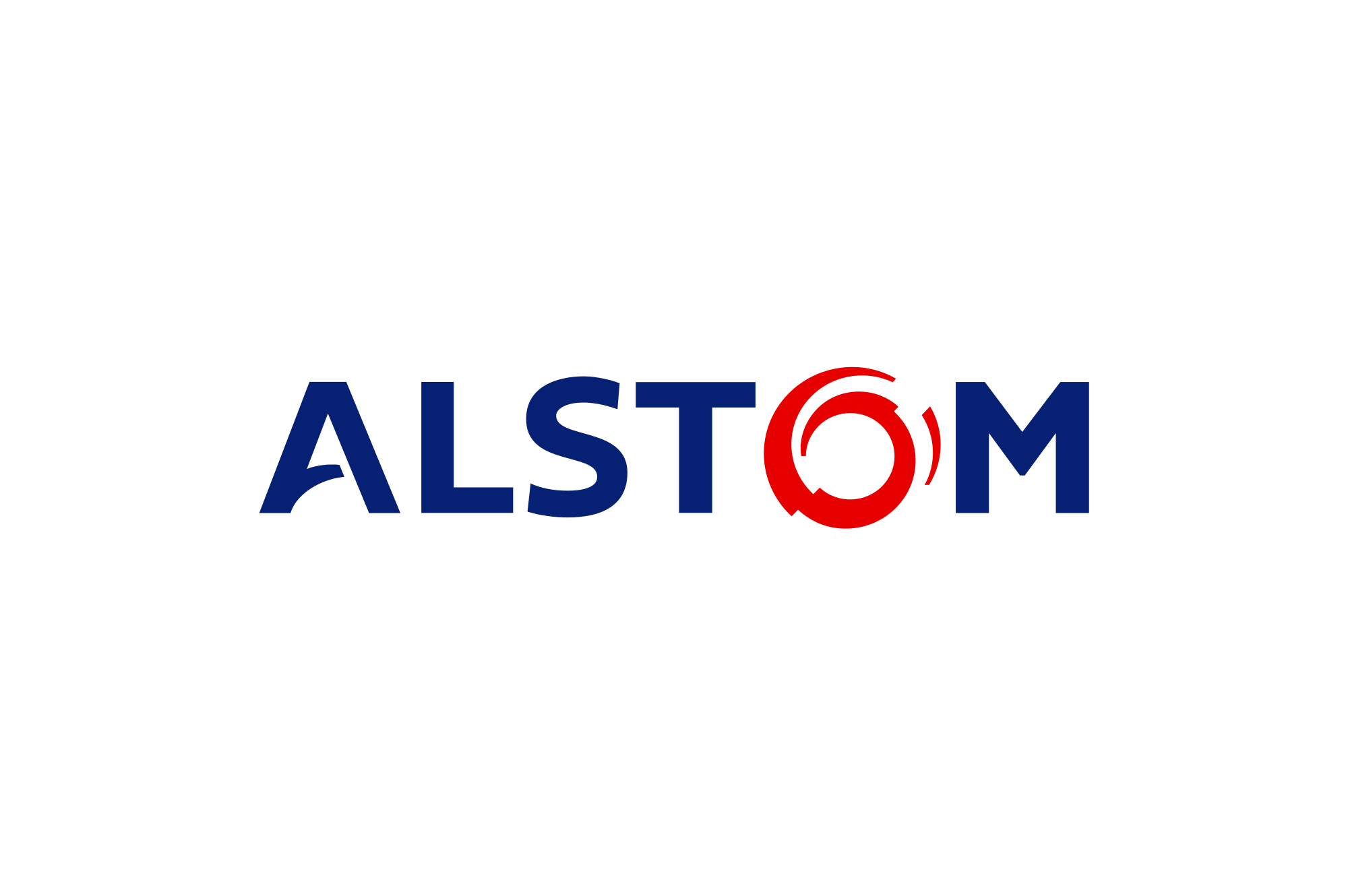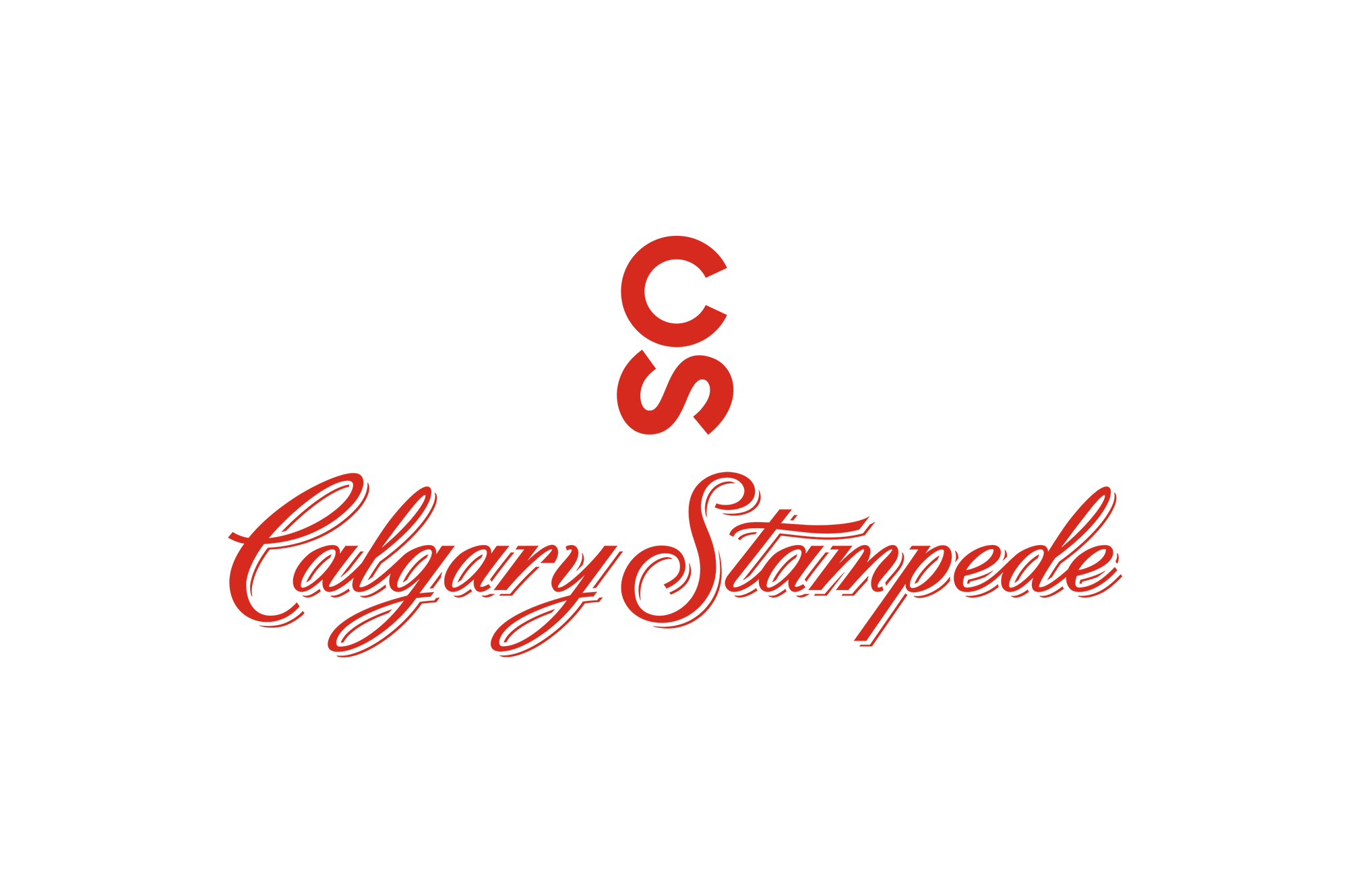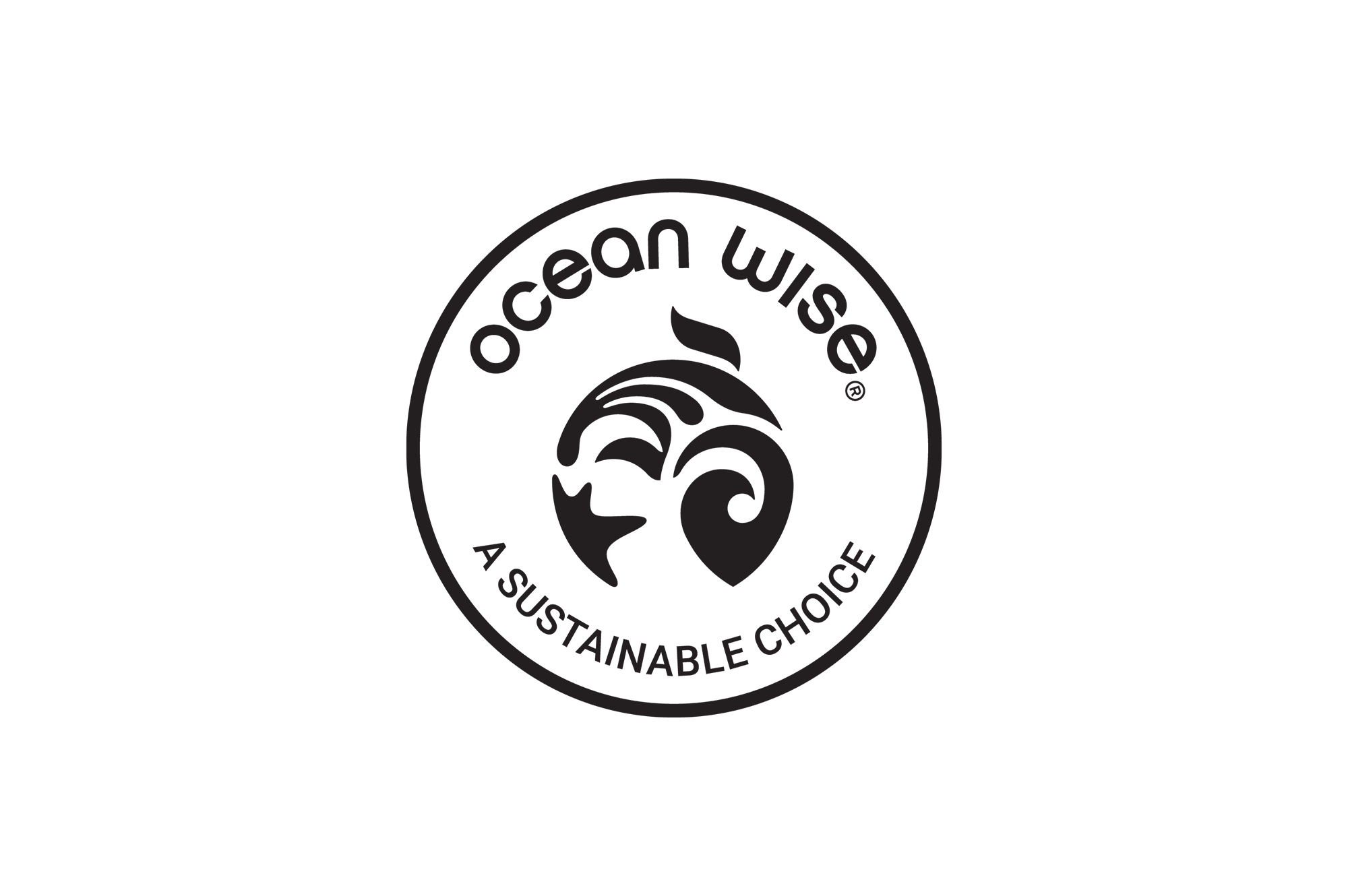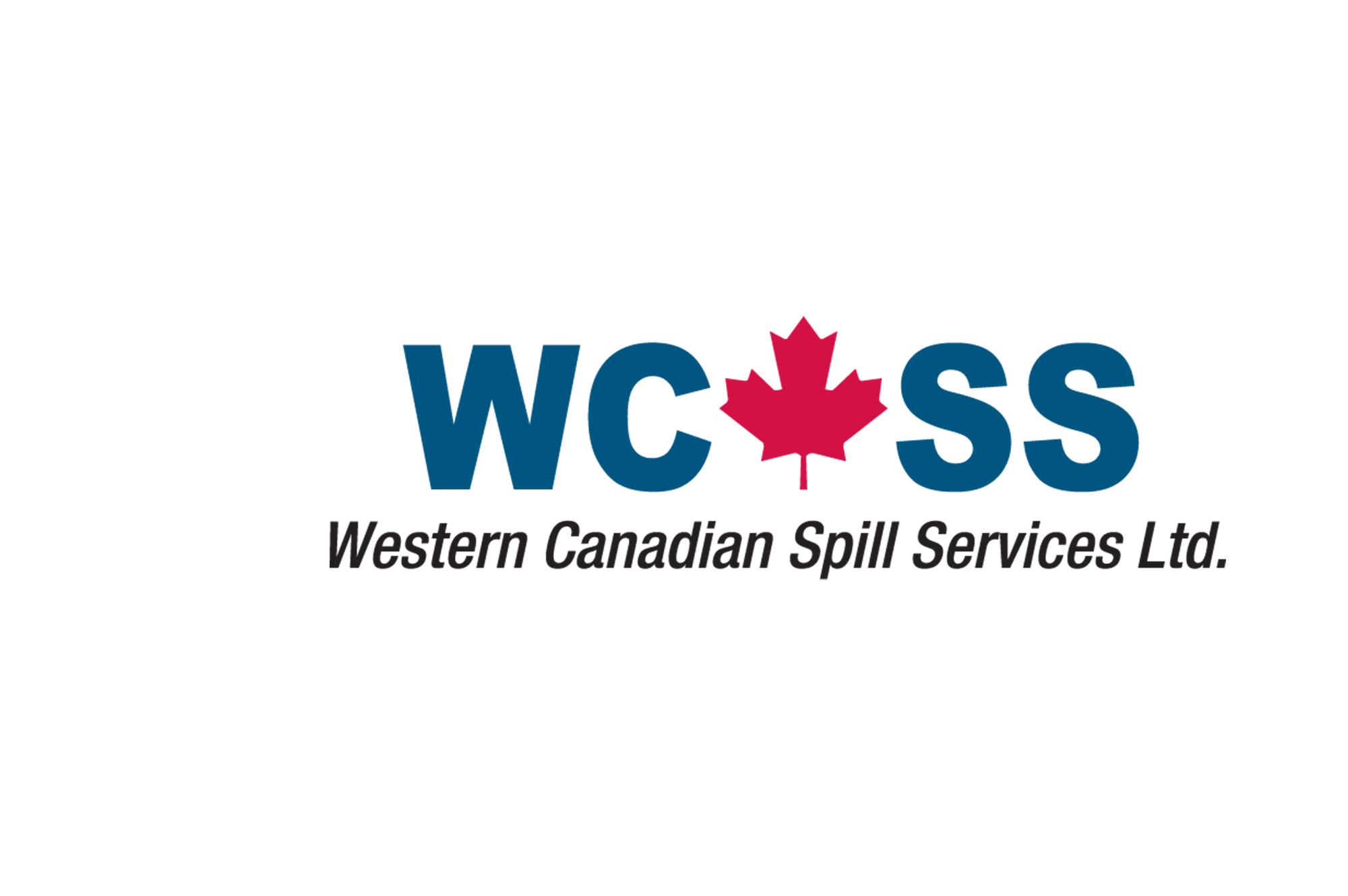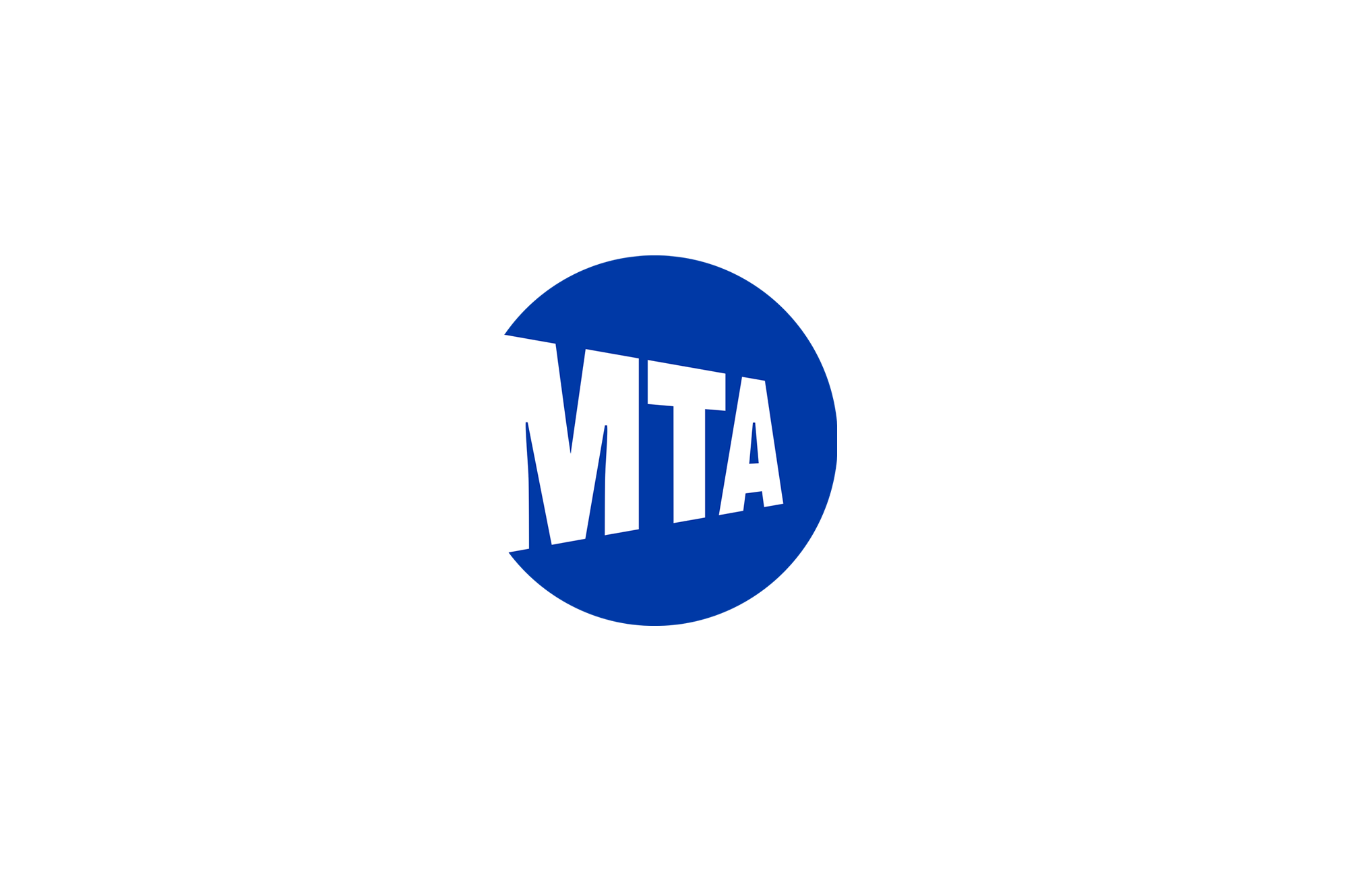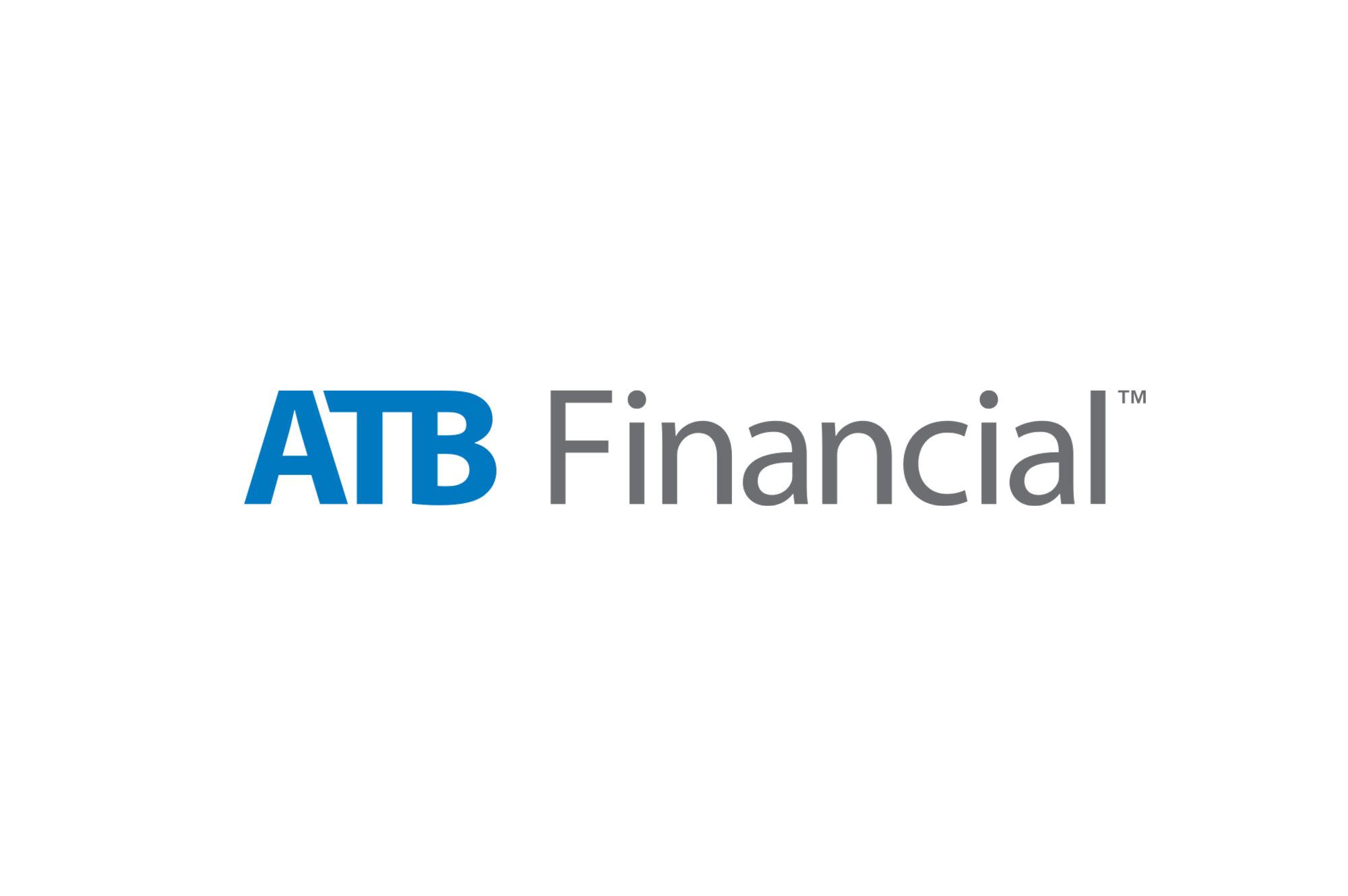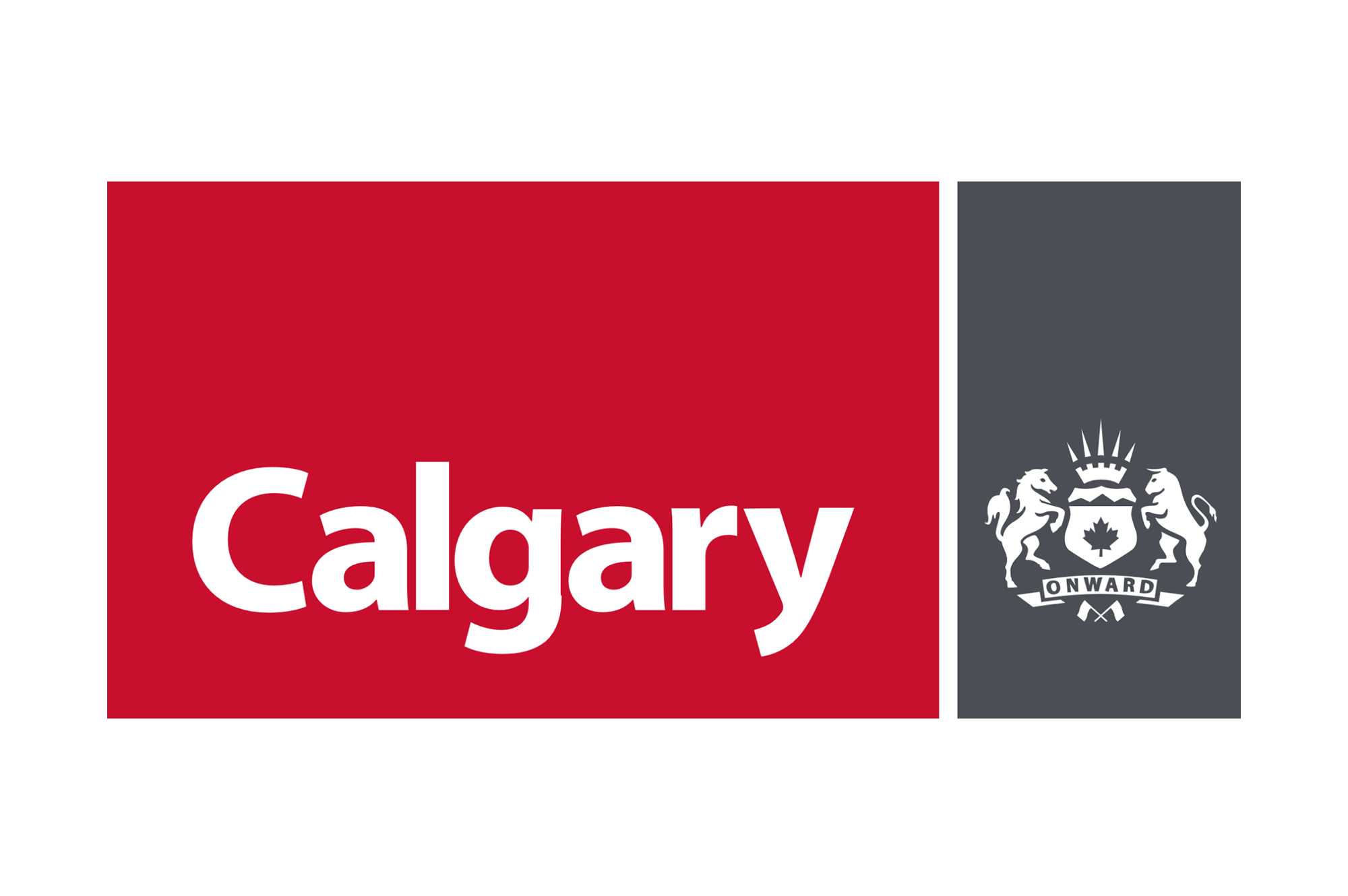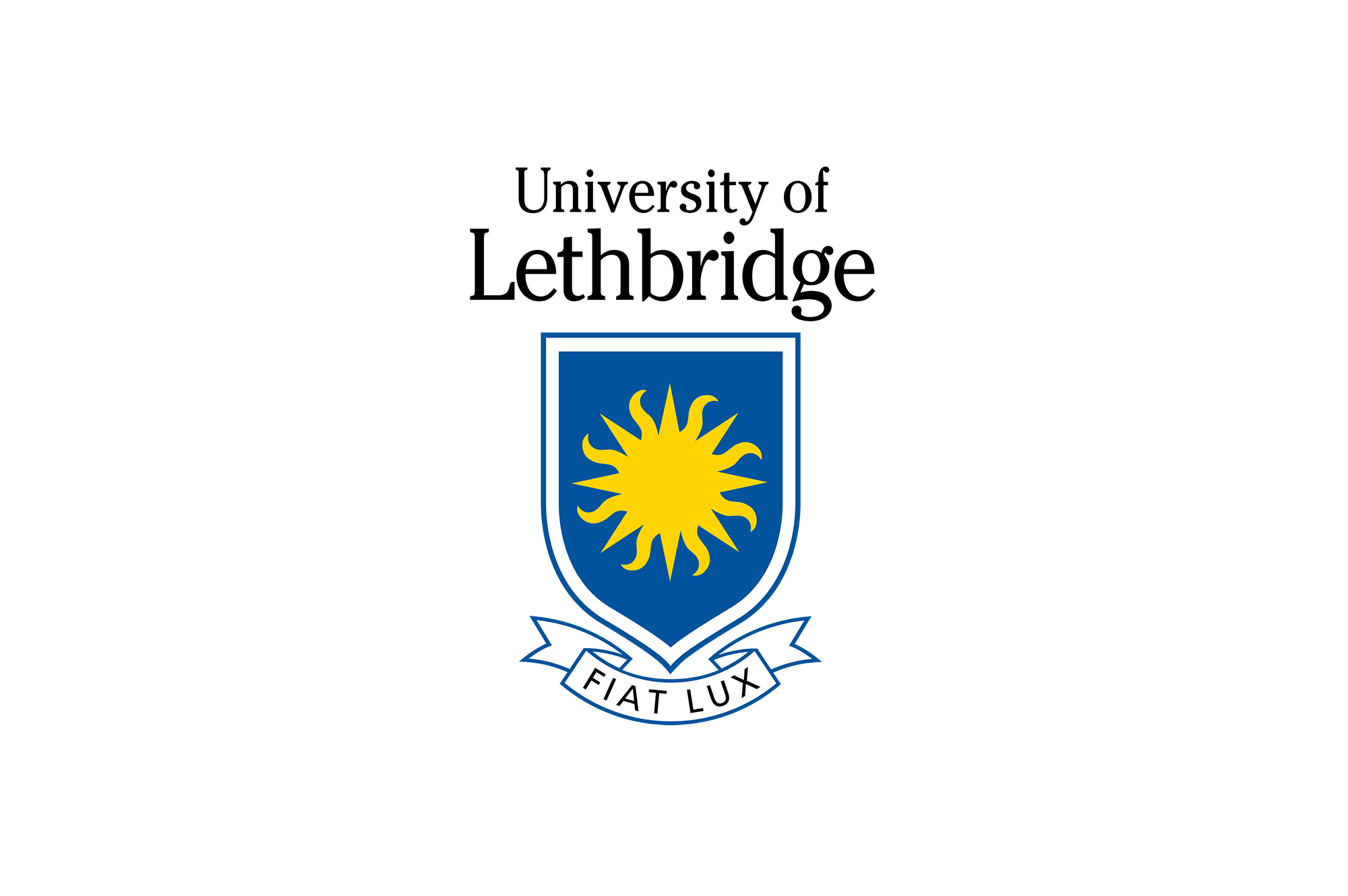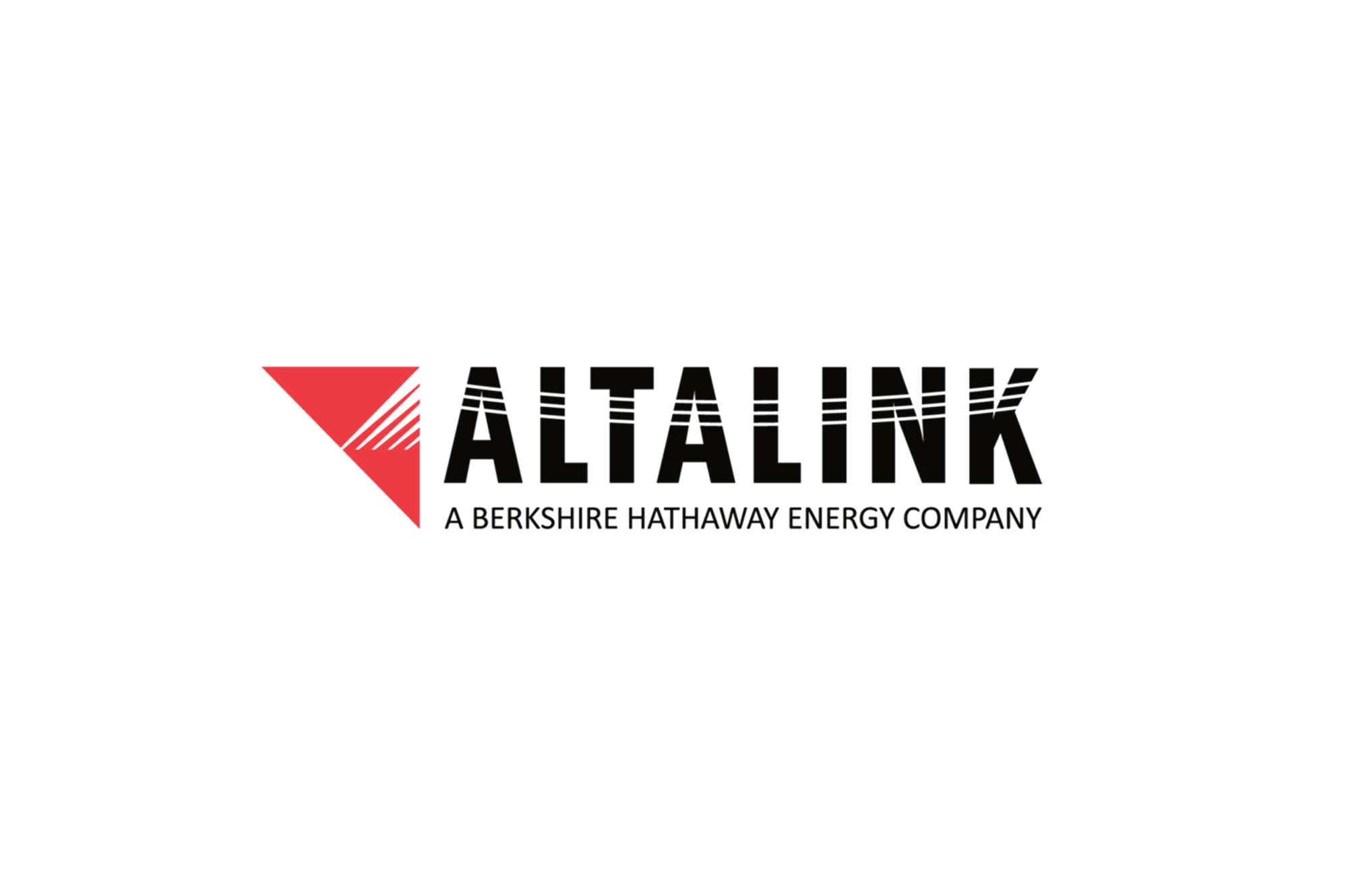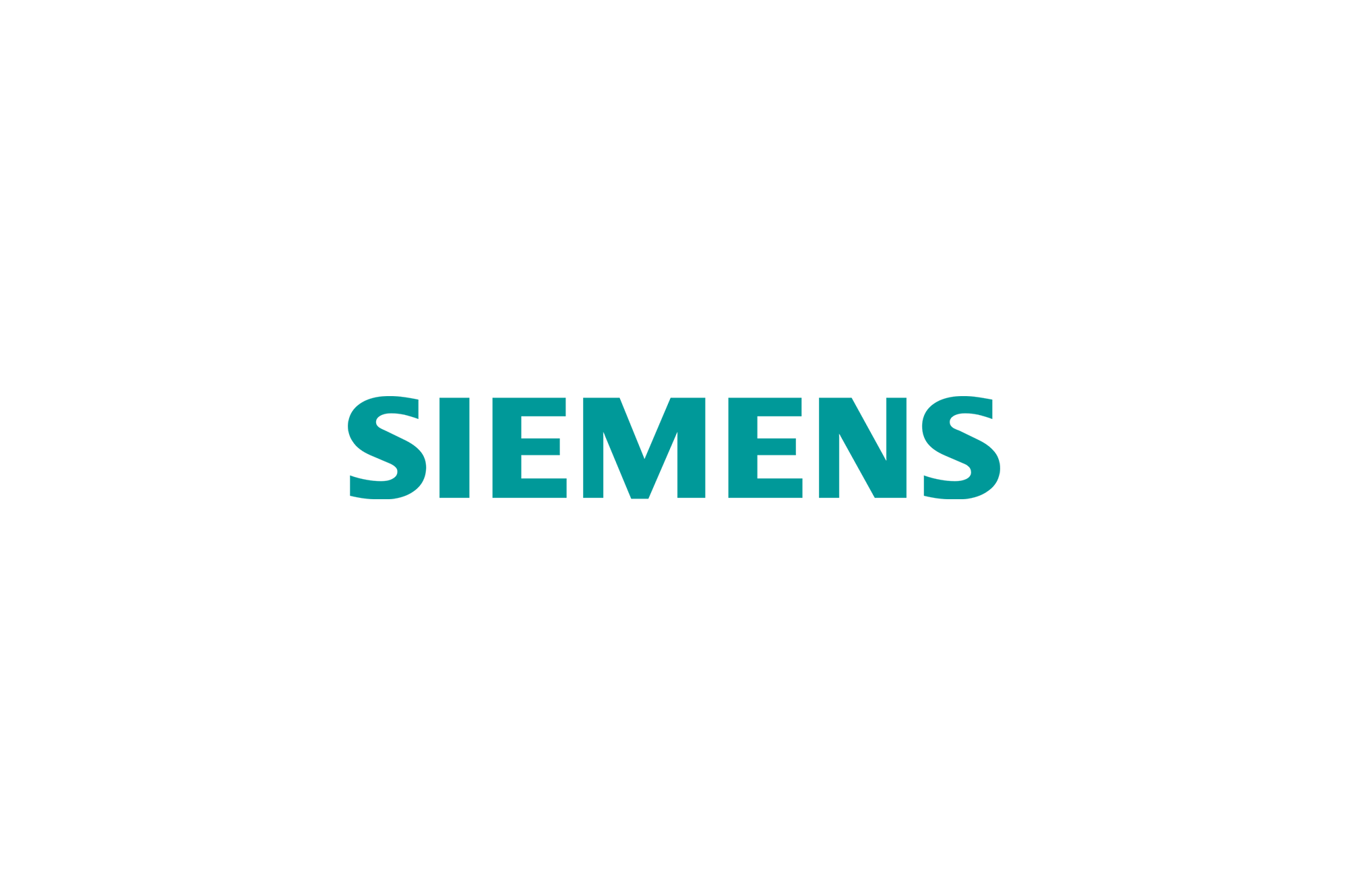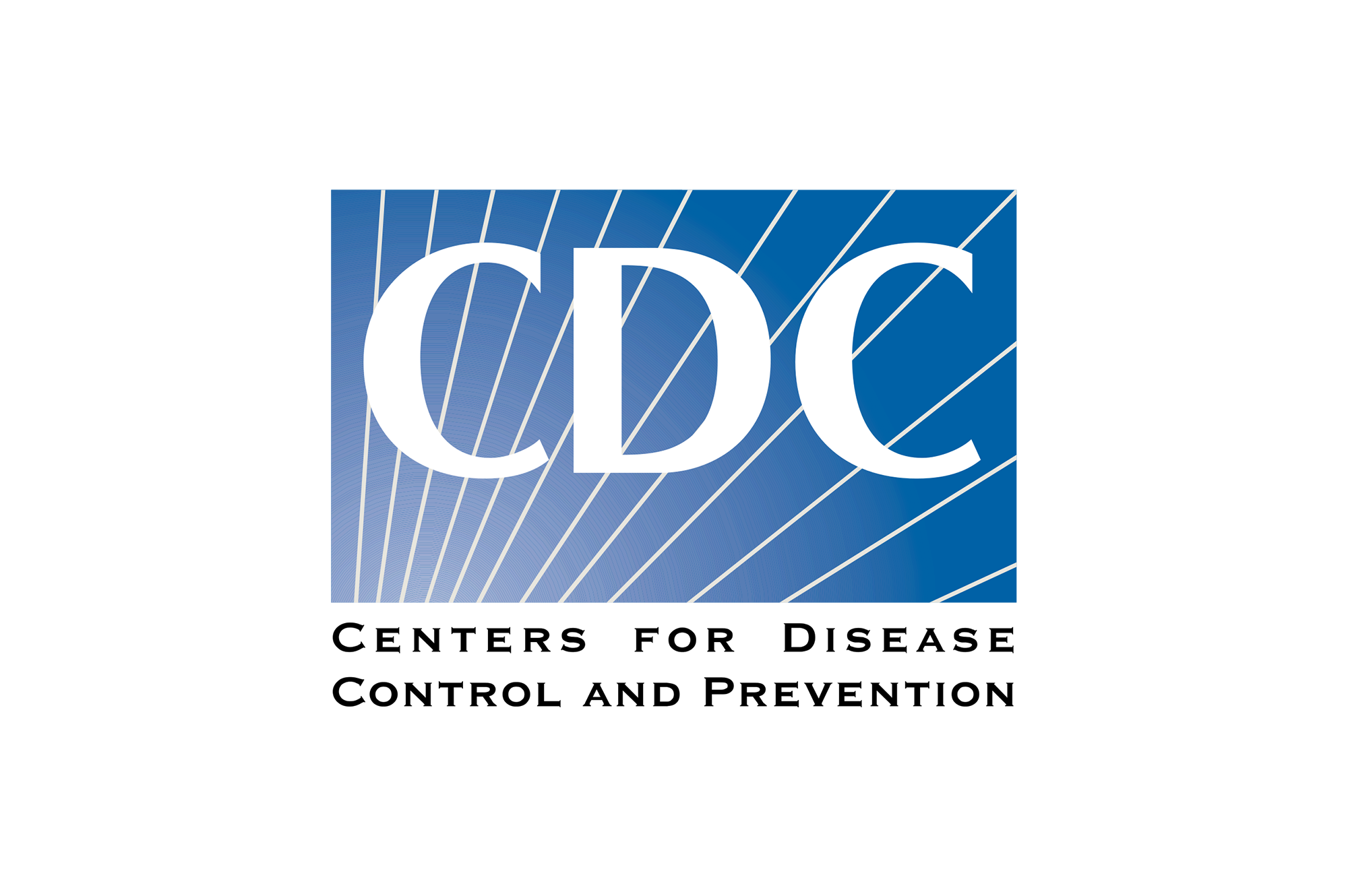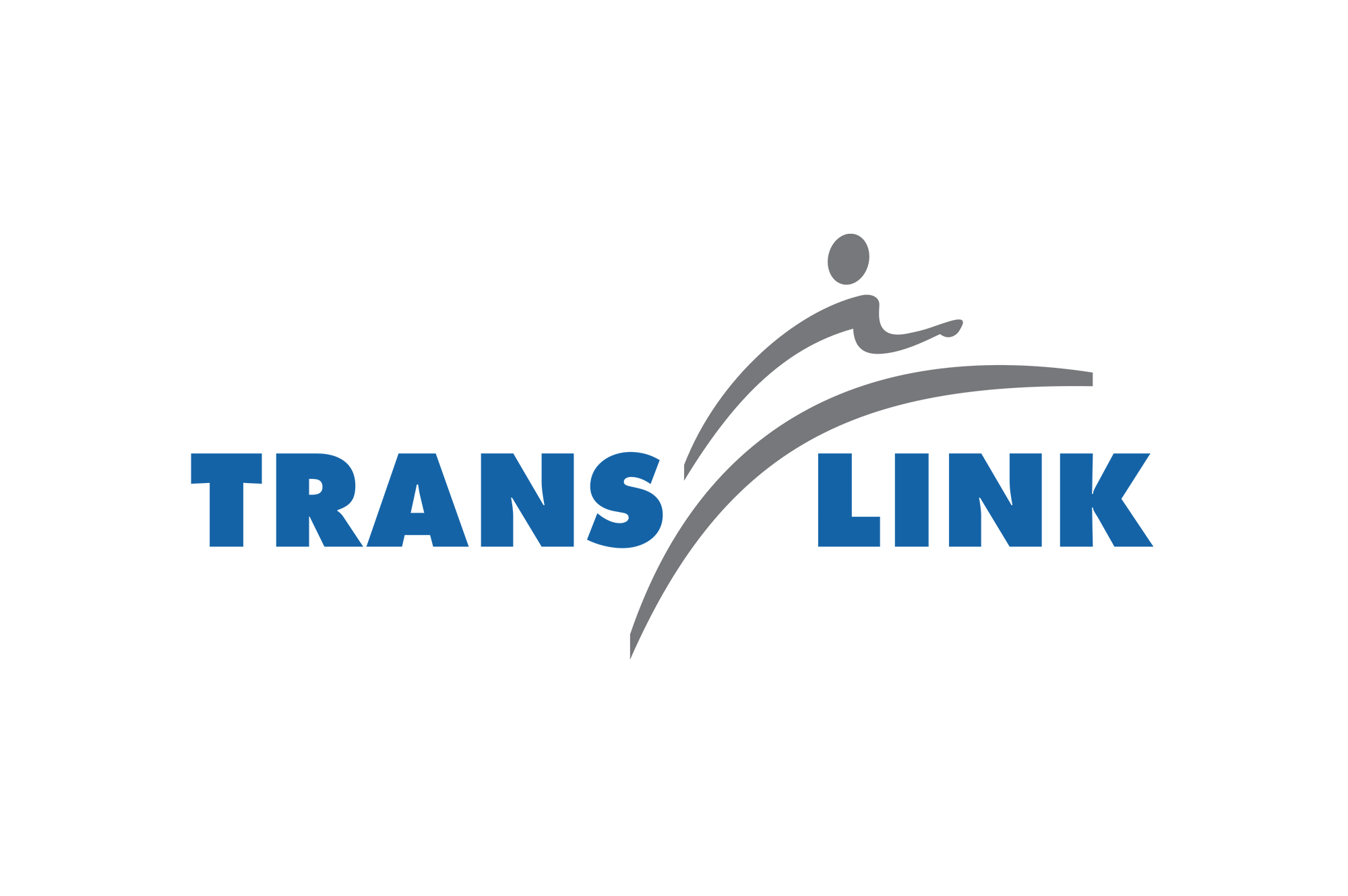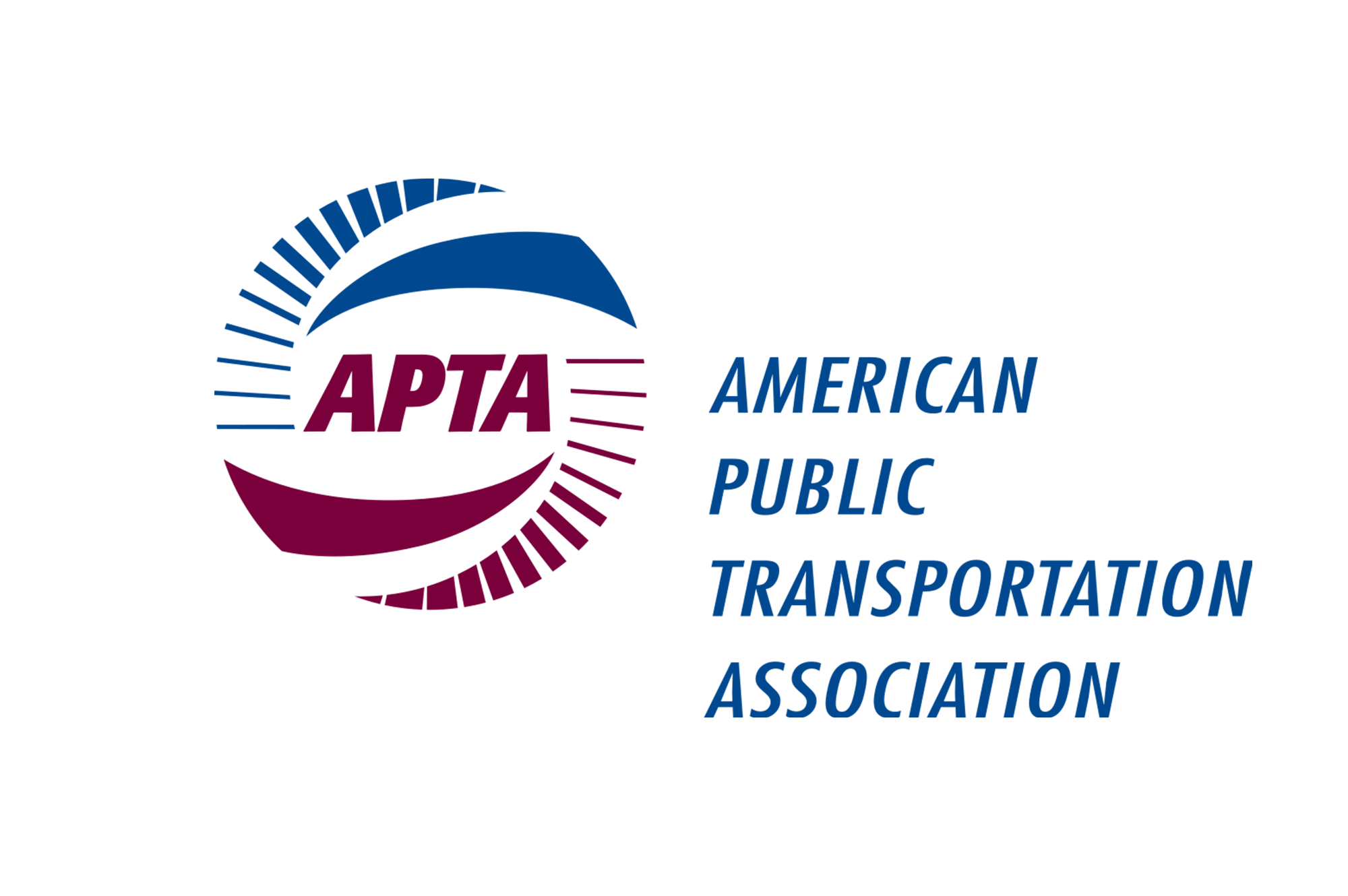Let’s examine what communication looks like in The New Workplace.

In the traditional workplace model employees spent time only in the company office. However, the events of 2020 and new technologies led to a paradigm shift and work is now often “remote” or “hybrid”.
This series will share how The Future Of Work is evolving to embrace flexible workplace models. But first, let’s define them.
The Remote Model
The remote workplace model involves working outside the company office but remaining engaged for meetings and collaboration efforts. Yet, there are different approaches to remote work. Some people may choose to work from home while others may choose to work from a separate location, like co-working spaces, that are still not company premises. It comes down to what lifestyle they choose.
The Hybrid Model
The hybrid model offers employees flexibility and autonomy to choose where, when, and how they work within the operational needs and priorities of the company. Organizations often choose from four types of hybrid work models to support the success and wellbeing of their employees.
As workplaces become a blend of on-site, hybrid, and remote employees, open communication between managers and employees is vital to creating confident and efficient teams. Team members should feel empowered to take ownership of their work, and managers should trust them to do so. Micromanaging employees is very detrimental in this new reality, as much of the work may be completed asynchronously. If employees must constantly check in for approval, efficiency and morale are impacted. So, make sure you choose a workplace model that works for your organization and its employees. When making this choice, be intentional about communication practices, policies, and expectations. This will help the model take root more effectively.
So how do you communicate with your teams and keep them plugged in within The New Workplace? Let’s take a look.
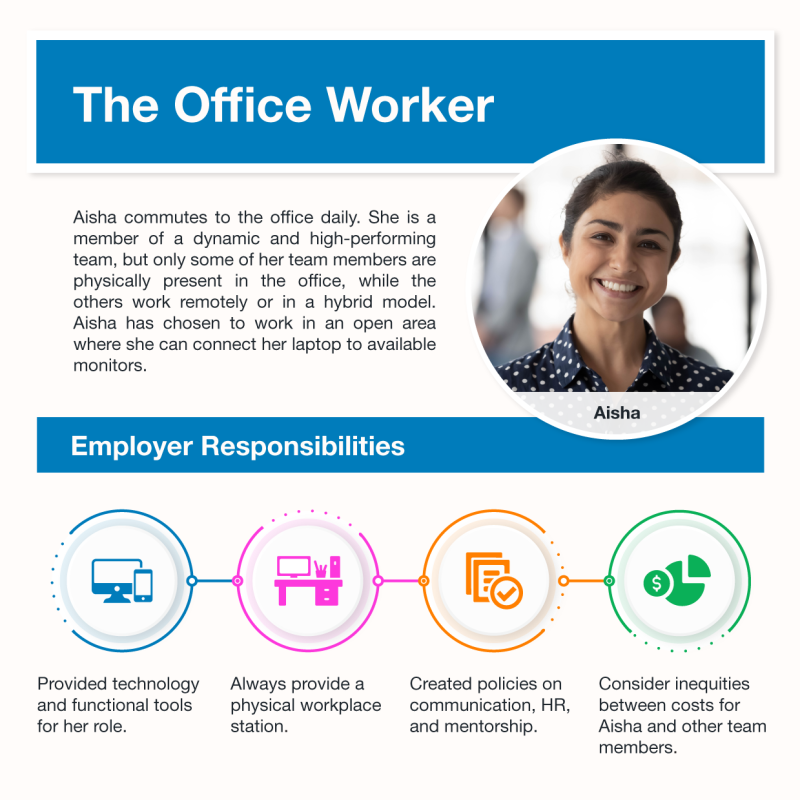
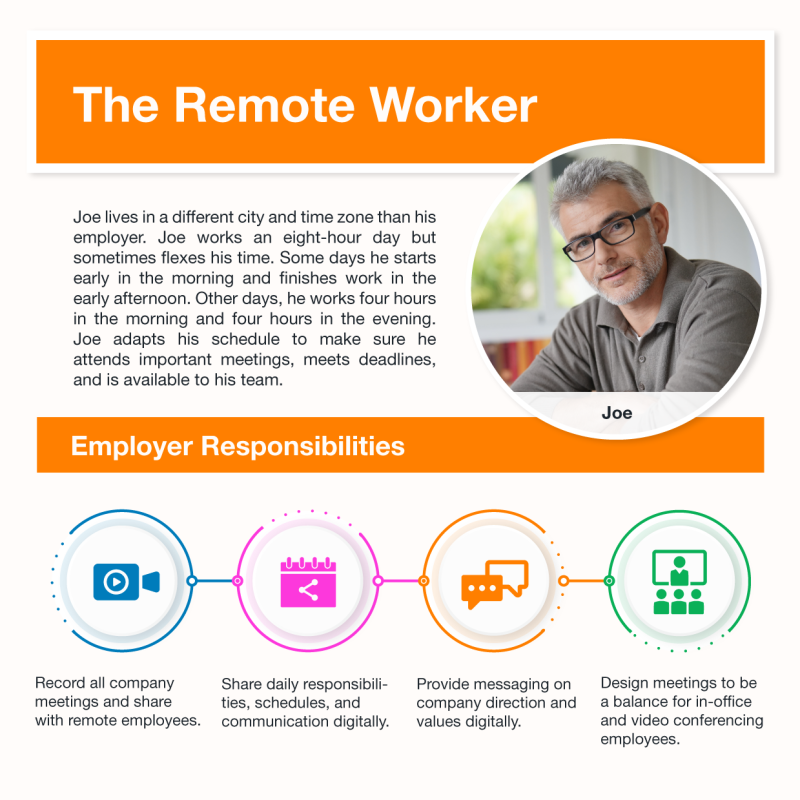
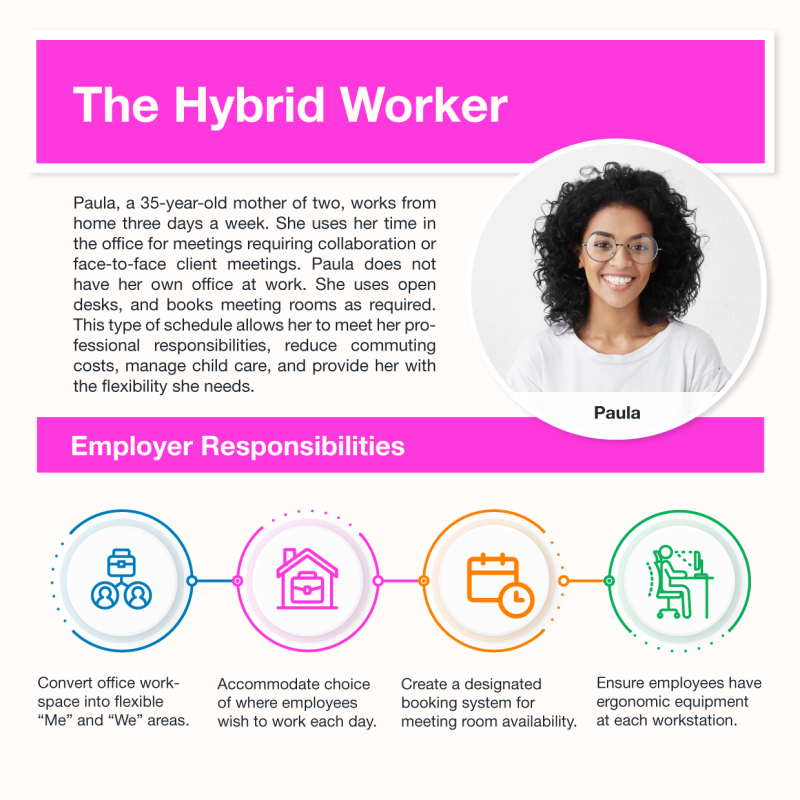
Aisha, Joe, and Paula’s employers have had to lead their teams through changes to traditional methods of managing employees. These include making decisions like:
As the Future Of Work shifts to new models, so will the strategies behind managing and communicating with your teams. Leading them through this change with a people-centric mindset will allow a seamless transition for your inclusive workforce.
Looking to create a new workplace model training strategy for your workforce? Connect with one of our experts today to learn more.
Or read our Future of Work White Paper!
